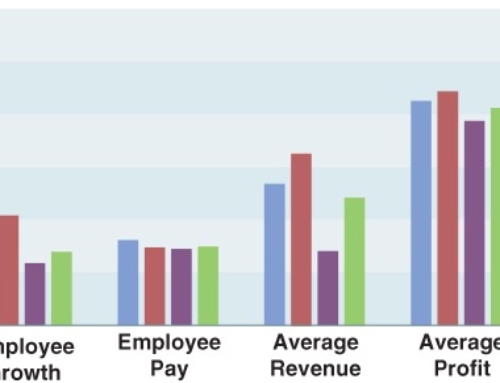Take time to work on the business, not just in the business.—Richard Rhodes
Do you lead a new product management team? Where should you begin?
In The Earth is Flat, Thomas Friedman expressed his view of the government’s primary role: to provide infrastructure. Make it easy to start a business, protect our persons and property from harm, provide ways to get products from point a to point b (ie., roads), and enable information transfer (such as phones and internet).
What is the role of senior leadership, particularly the head of product management? Isn’t it the same? To provide infrastructure.
In my experience, decisions are being made at all the wrong levels of most organizations. Executive teams are dabbling in product and portfolio prioritization while product managers are trying to determine (or guess) the product strategy. Shouldn’t it be the other way around?
The product manager is expected to represent the business of the product so your dev teams can make technical decisions. At the start of a project, the product manager (or product owner or product leader) should express the strategic direction, the roadmap, and the business issues. But what seems to happen in real life is product teams make decisions in the absence of any meaningful insights from management about the product and portfolio direction.
What should you tackle in your role of VP of product management?
Think infrastructure.
Optimize your processes. What processes do you have in place to turn ideas into products? And how do new products get to the market? Fundamentally, product management needs repeatable processes to define and launch new product capabilities. Development teams have adopted agile methods to optimize their delivery of new products. Shouldn’t you do the same?
Clarify roles and responsibilities. What is the product manager’s role? How about product owner and product marketing manager? Do they have different responsibilities? Just as you need optimized processes, you need clarity on the roles and responsibilities of product management. Profiling your team will identify where individuals need help as well as skill areas for future staffing decisions. For instance, if you’re strong in technical expertise, maybe you need to staff up for business expertise.
Identify up-skilling requirements. Identify the strengths and weaknesses on your team and develop a plan to bring each employee up to speed. HR professionals often recommend allocating 3% of an employee’s annual compensation for training and coaching.
Improve internal perceptions. How do other departments perceive your team? If their perceptions aren’t favorable it’s often because they have expectations that are out of sync with yours. While many departments expect product management to provide product and domain expertise, most leadership teams rely on product management for business and market expertise.
* * *
In my experience organizations are unclear about the roles and responsibilities and titles of product management. Some product managers are technical; some aren’t. Every product manager uses different templates, tools they’ve found or developed or brought back from training sessions, each with a different look and feel.
As an product management executive, you want a common set of methods so you don’t have to “learn” each deliverable every time. Clarifying responsibilities, processes and deliverables are the first steps to optimizing product management.
See Rich Mironov’s “What We Need in a VP of Product Management” for a different take on the success profile of a product management leader.







